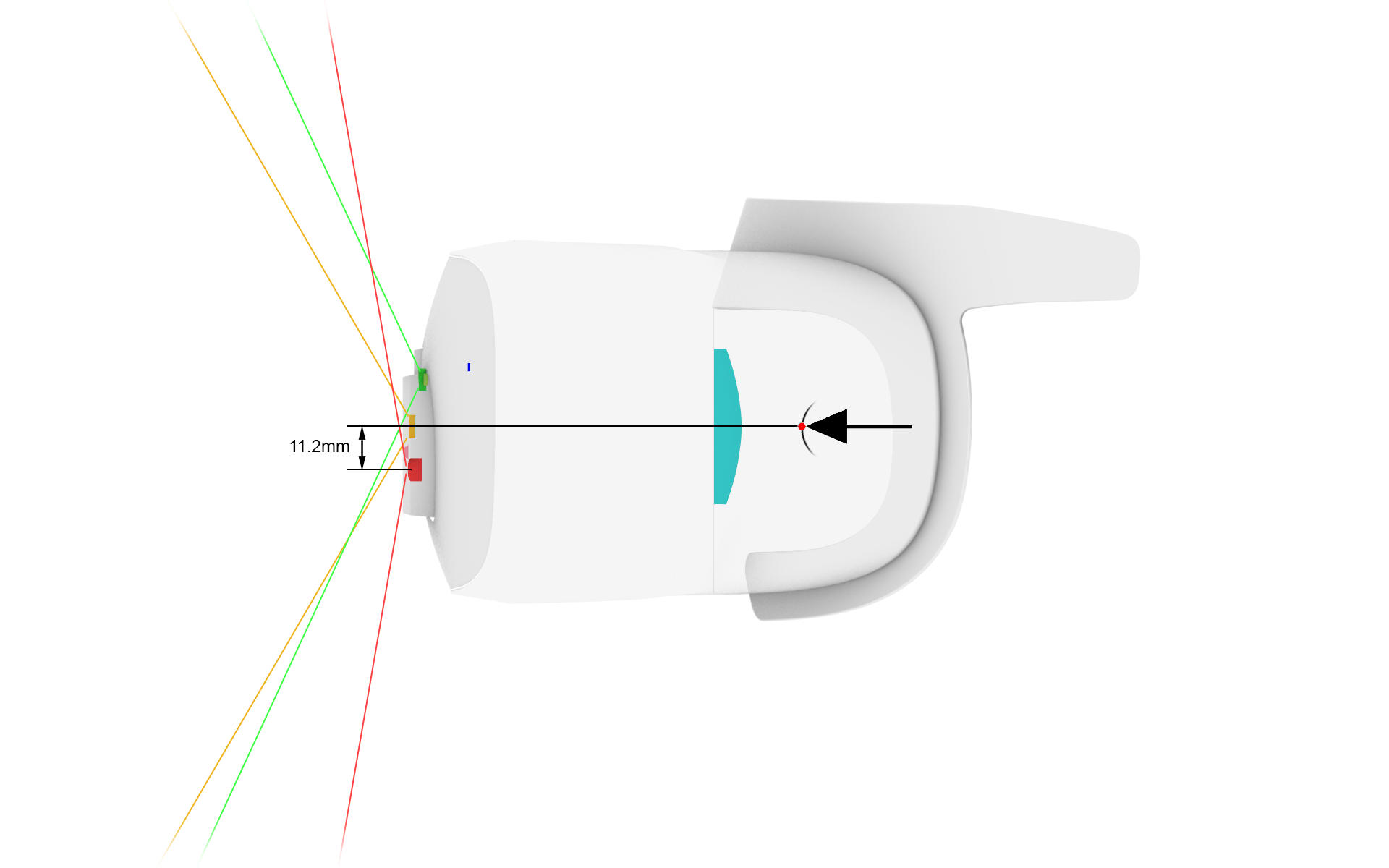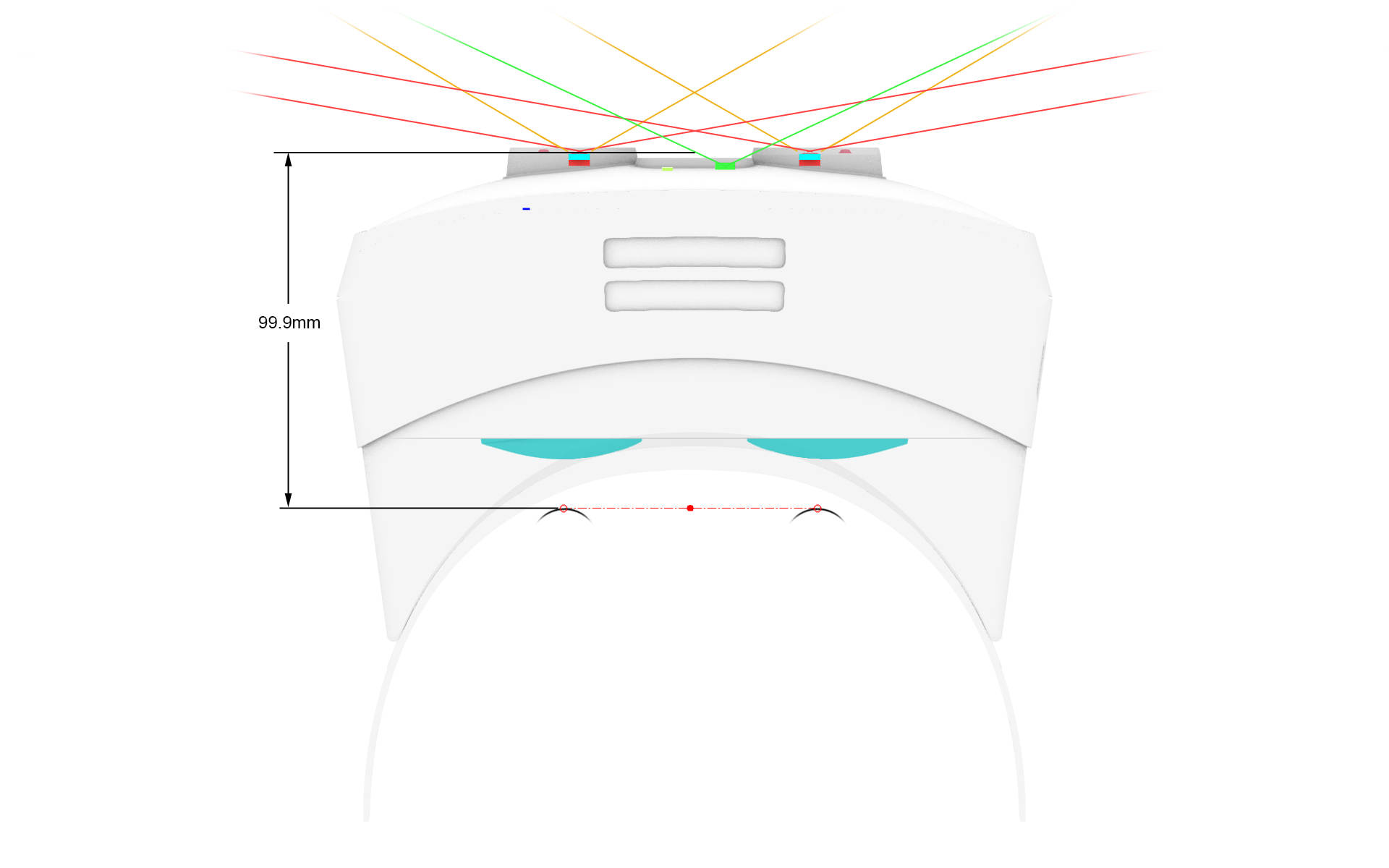Hand Tracking
Note: you are currently viewing documentation for a beta or an older version of Varjo
Hand tracking for Varjo is provide by Ultraleap. Varjo XR-4 has optional hand tracking module. In Varjo XR-3 and VR-3 headsets hand tracking module is integrated to the headset. Hand tracking lets you reach into the virtual world with your hands and without using a physical controller. Gestures such as pinching, grabbing, and interacting with objects allow for a new level of immersion in your applications.
See the platform-specific documentation for hand tracking:
With the latest generation of Varjo headsets, hand tracking is enabled by default and no additional software is required. You can also disable hand tracking in the Headset tab in Varjo Base.

Developing with hand tracking
You can develop hand tracking support for Unreal engine, Unity, or natively. Refer to Ultraleap’s documentation for up-to-date guides on integration and best practices for using hand tracking in XR.
We recommend that you get acquainted with Ultraleap’s XR design guidelines before you start to work on hand tracking interactions. The guidelines provide valuable information for using hand tracking successfully in your project.
When you start to develop with hand tracking, make sure to define an offset for the hand position. This is necessary because the head tracking point for your headset differs from the hand tracking point for Ultraleap.
Hand tracking offset for XR-4
More details will come soon. Hand tracking integration is currently being developed.
Hand tracking offset for XR-3 and VR-3



Use the following offset (X = right, Y = up, Z = forward, you may need to use a different scale and coordinate system depending on your engine of choice):
Y: -0.0112 m
Z: 0.0999 m
X tilt: 0°